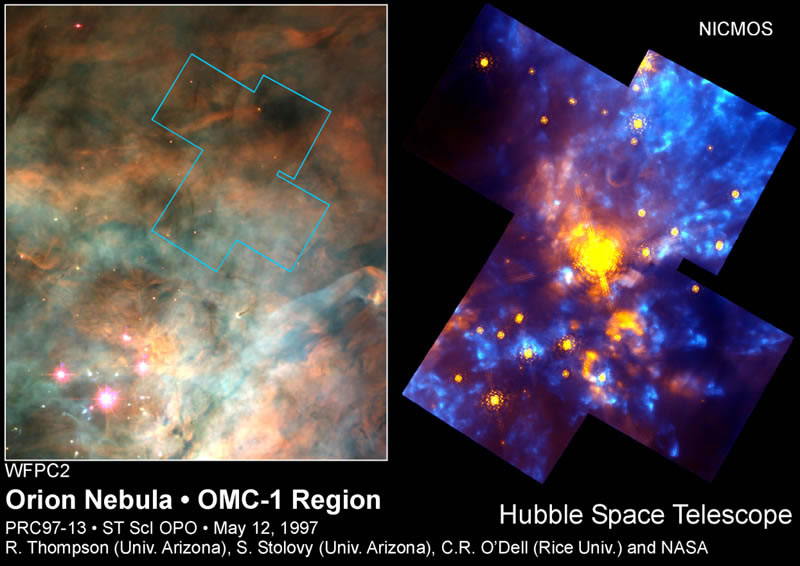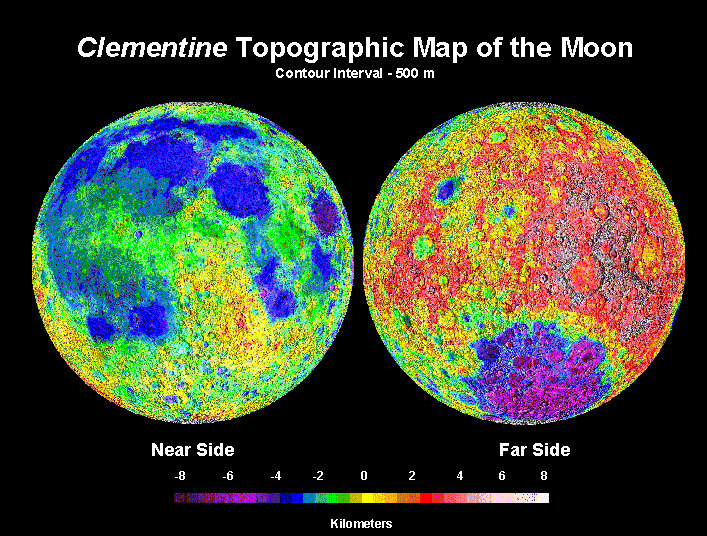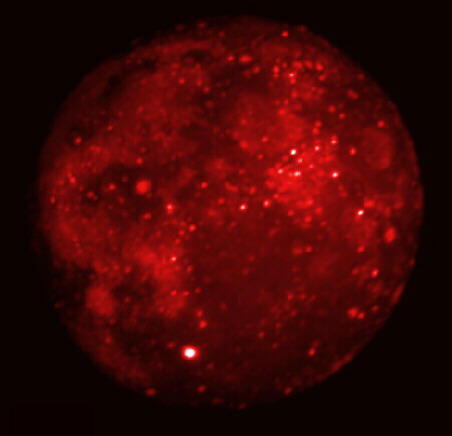Infrared
13.28 - Understand why some infrared telescopes can operate in high-altitude locations, on the Earth's surface13.29 - Know that infrared astronomy has been important in the discovery of protostars, dust and molecular clouds and hotspots on moons
Infrared allows astronomers to see past cooler dust and gas to see objects generating heat. Water vapor in Earth's atmosphere absorbs infrared light so most infrared telescopes are located in dry and high locations as well as space telescopes.
Discovery of protostars
Stars are formed when gas and dust gathers and groups together, its temperature and density increases as it collapses under gravity. The object at the centre of the cloud that will eventually form a star is called a protostar. The dust and gas block visible light but we can view the infrared energy given off.
Dust and molecular clouds
Molecular Clouds are large areas of mostly hydrogen and helium, with a mass of over 100,000 solar masses and are typically the source of new stars. Frequently these are dark when viewed optically. Infrared can see through much of the dust to what lies behind.
Hotspots on moons
Infrared is used to distinguish between areas of temperature on an object so we can see hotter and colder areas of the moon. The 'Compton–Belkovich Thorium Anomaly' is a hotspot on the far side of the moon caused by an ancient volcano and the area contains radioactive elements.






 | © All Rights Reserved |
| © All Rights Reserved |